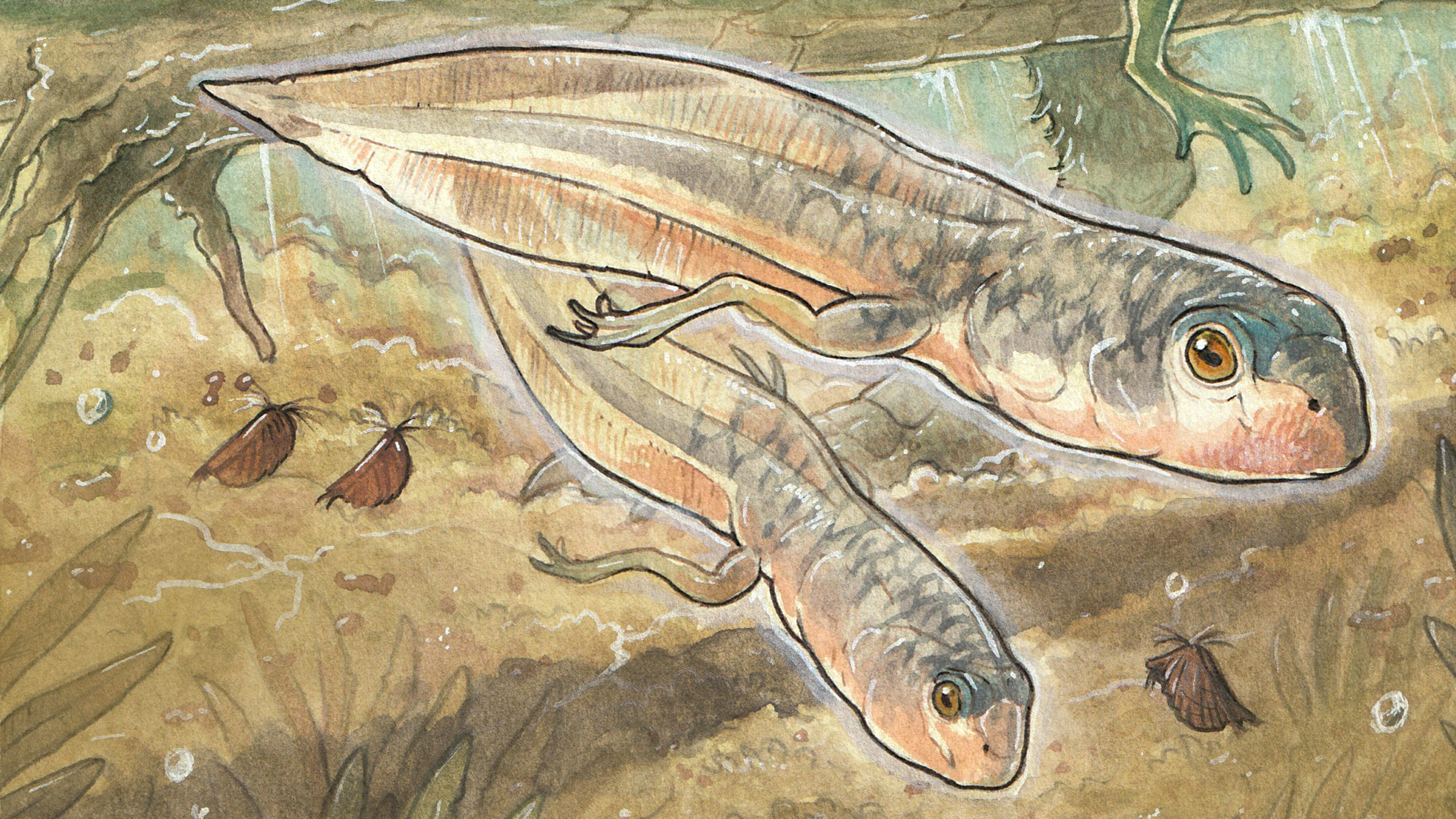Cells, Vol. 12, Pages 933: Differences in Cerebral Glucose Metabolism in ALS Patients with and without C9orf72 and SOD1 Mutations
Cells doi: 10.3390/cells12060933
Authors: Joke De Vocht Donatienne Van Weehaeghe Fouke Ombelet Pegah Masrori Nikita Lamaire Martijn Devrome Hilde Van Esch Mathieu Moisse Michel Koole Patrick Dupont Koen Van Laere Philip Van Damme
Amyotrophic lateral sclerosis (ALS) is characterized by progressive loss of upper and lower motor neurons. In 10% of patients, the disorder runs in the family. Our aim was to study the impact of ALS-causing gene mutations on cerebral glucose metabolism. Between October 2010 and October 2022, 538 patients underwent genetic testing for mutations with strong evidence of causality for ALS and 18F-2-fluoro-2-deoxy-D-glucose-PET (FDG PET), at University Hospitals Leuven. We identified 48 C9orf72-ALS and 22 SOD1-ALS patients. After propensity score matching, two cohorts of 48 and 21 matched sporadic ALS patients, as well as 20 healthy controls were included. FDG PET images were assessed using a voxel-based and volume-of-interest approach. We observed widespread frontotemporal involvement in all ALS groups, in comparison to healthy controls. The degree of relative glucose metabolism in SOD1-ALS in motor and extra-motor regions did not differ significantly from matched sporadic ALS patients. In C9orf72-ALS, we found more pronounced hypometabolism in the peri-rolandic region and thalamus, and hypermetabolism in the medulla extending to the pons, in comparison to matched sporadic ALS patients. Our study revealed C9orf72-dependent differences in glucose metabolism in the peri-rolandic region, thalamus, and brainstem (i.e., medulla, extending to the pons) in relation to matched sporadic ALS patients.

 1 year ago
27
1 year ago
27


